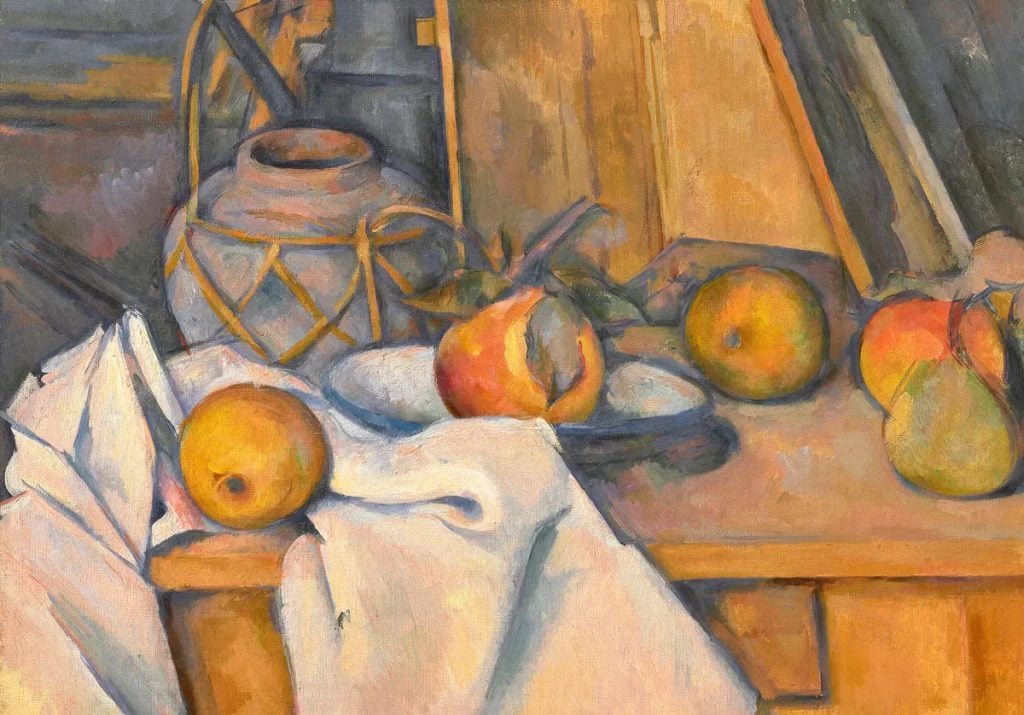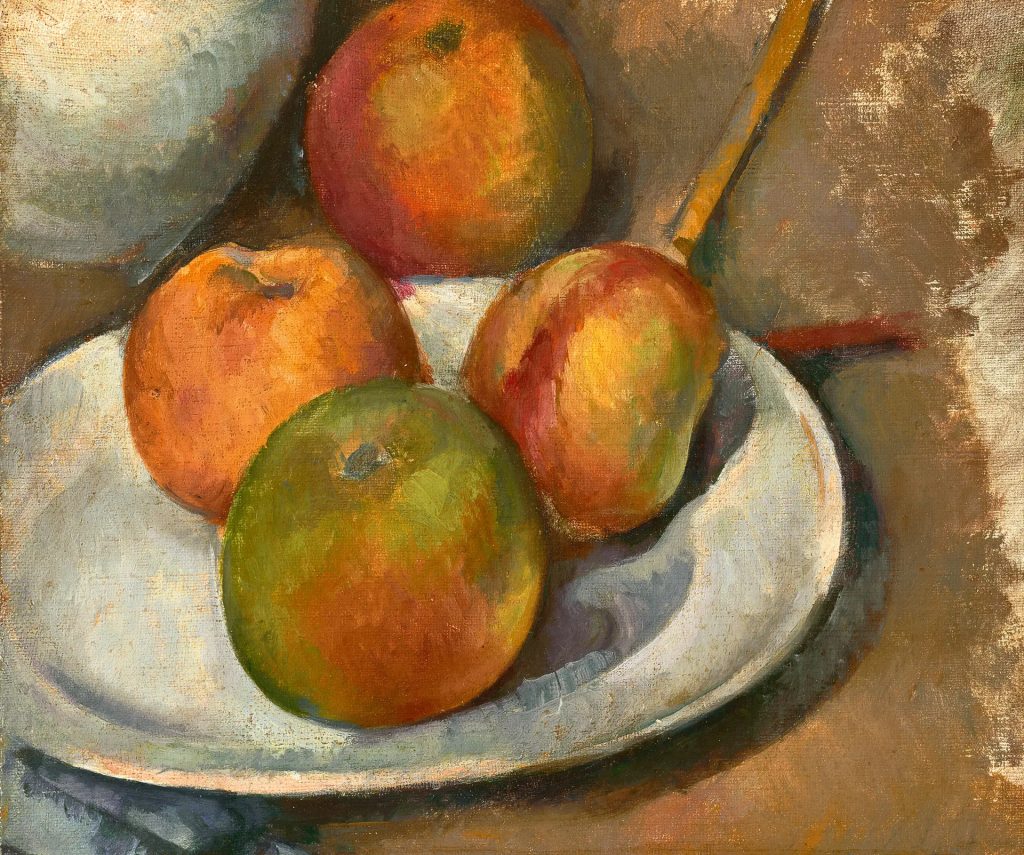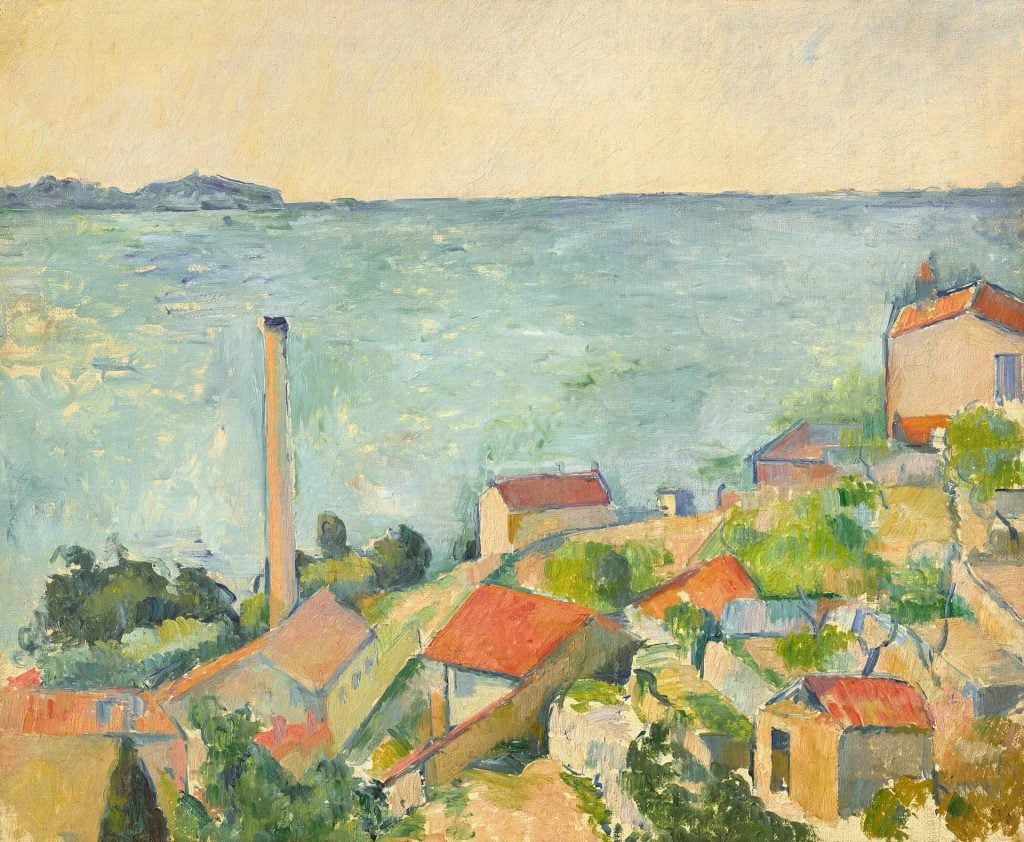Auctions
Christie’s Has Brokered a Deal to Sell a Prized Cézanne After Last-Minute Concerns About Its Nazi-Era Provenance
The planned auction remains controversial, however.

The planned auction remains controversial, however.

Sarah Cascone

The sale of a major Paul Cézanne still life will go forward at Christie’s New York next month, after the auction house helped broker a restitution agreement between the seller, Switzerland’s Langmatt Foundation, and the heirs of the work’s pre-World War II Jewish owner.
The painting, Fruits et pot de gingembre (fruit and pot of ginger), is one of of three works by the Impressionist artist on offer from the Museum Langmatt in Baden, Switzerland, in the “20th Century Evening Sale” on November 9. That institution, which opened in 1990, is dedicated to some 50 works from the collection of Sidney and Jenny Brown, housed in the late couple’s former villa.
But questions arose at the last minute regarding its rightful ownership, as researchers for the auction house realized that it once belonged to Jewish dealer Jacob Goldschmidt prior to the Nazi rise to power. Unable to work due to laws targeting the Jews, he sold the canvas to Brown—whose electrical engineering company later employed forced labor, including concentration camp prisoners, during World War II, as noted by Katya Kazakina in her Art Detective column—in 1933.
“Christie’s, the Foundation Langmatt, and the heirs of Jacob Goldschmidt have worked cooperatively together to find an amicable resolution, and we are now pleased to confirm that this important Cézanne will be offered for sale pursuant to a settlement agreement between the Foundation Langmatt and the heirs of Jacob Goldschmidt,” Christie’s said in an emailed statement. “The agreement fully resolves and settles any dispute over the ownership of the work, and clear title will pass to the successful bidder at auction.”

Paul Cézanne, Quatre pommes et un couteau (four apples and a knife), 1885. ©Christie’s Images.
The painting’s planned sale was announced on September 26. At some point after that, “a piece of evidence came up that made us think best course of action was to approach the heirs,” Langmatt spokesman Bernhard Schmidt wrote in an email.
“While the historical documents are unclear, the context was obvious. Goldschmidt wasn’t able to operate as he normally would have in years prior,” he added. “While there may not for certain be a case for restitution, the Foundation Langmatt and the museum thought the most respectful way to move forward with the sale was to locate the heirs and, with Christie’s, reach an amicable solution.”
“The heirs of Jacob Goldschmidt have expressed their gratitude for the solution reached,” the family’s lawyer, Ewald Volhard of Wantuch Thole Volhard, told the Art Newspaper, which was the first to report on Christie’s “last minute” investigation into the painting’s past. “They are pleased that their grandfather is also remembered on this occasion. Jacob Goldschmidt was one of the very great art dealers of the early 20th century.”
Even with the question of the work’s rightful ownership, the planned sale remains potentially clouded. With the museum facing financial difficulties, the city of Baden and the Langmatt Foundation reportedly need to raise SFr40 million ($44.4 million) to keep the museum doors open—hence the fire sale.

Paul Cézanne, La mer à L’Estaque (the sea at L’Estaque), ca. 1878–79. ©Christie’s Images.
The planned auction has also drawn scrutiny from the International Council of Museums, with the president of the organization’s Swiss branch criticizing the decision to use deaccessioning to fund operations. To do so would be a violation of ICOM guidelines, which state that “in no event should the potential monetary value of an object be considered as part of the motive for determining whether or not to deaccession.”
Reached for comment about whether these lingering concerns would affect the sale, a representative of the auction house wrote that, “We can confirm that Christie’s is comfortable moving forward with the sale.”
The museum expects Fruits—estimated at $35 million to $55 million—to be the most valuable of the trio, and has promised to sell it first, and withdraw the other two lots if it reached the fundraising target. The second and third paintings are Quatre pommes et un couteau (four apples and a knife) (1885), and La mer à L’Estaque (the sea at L’Estaque) (1878–79), which carry estimates of $7 million to $10 million and $3 million to $5 million, respectively.
The sale could still face a potential legal challenge from the museum’s former board president, Alfred Sulzer, the Brown’s great-nephew. He believes deaccessioning the works is in violation of their son’s will, which established the institution, and the Langmatt Foundation deed. Sulzer “will pursue this to the highest court in Switzerland,” his lawyers told TAN.
Additional reporting by Katya Kazakina.